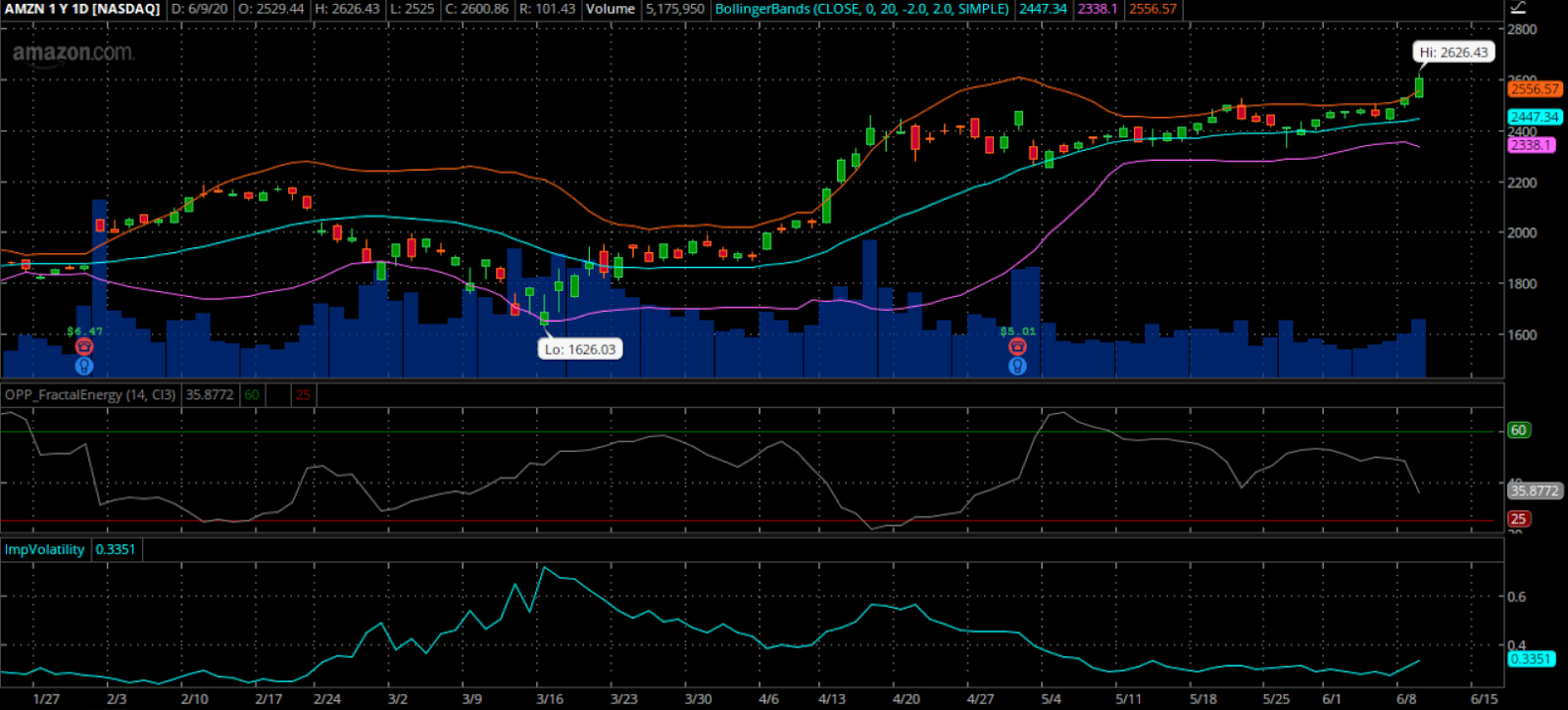Have you ever bought a call option on a stock…
Then watch that stock’s price go up…
But see your options decline in value…
Why does this happen?
Well, it’s one of two reasons: time decay and/or the collapse of volatility…
Today we’re going to spend some time discussing the “VOL CRUSH”
What it is…and why you need to be so aware of it.
What Is Implied Volatility
Implied Volatility (IV) represents the expected volatility over the life of the option contract for the specific stock.
In other words, as excitement rises and falls causing large trading ranges on stocks, will then impact the IV and cause significant changes in the value of the options contracts.
It’s important to understand the difference between over and under valued options. Options that have a high level of IV will result in a higher priced or overpriced premium.
Compared with options that have a lower IV, these would be considered to have more “fair” prices, and possibly even lower prices or even undervalued prices in the market.
For example: If you owned a stock when IV was low, and then it increased immediately, you will see the option value rise for the stock (even with the underlying stock not seeing a change in price.)
Each strike price will also respond differently to IV changes. Options with strike prices At-The-Money (ATM) are the most sensitive to changes in IV, while options that are further In-The-Money (ITM) or Out-of-The-Money) OTM will have less sensitivity to implied volatility.
Using IV For Your Trading
One effective way to analyze implied volatility is to examine a chart of a stock’s implied volatility.
Here is an example of IV on Amazon AMZN

Source: Thinkorswim
Not sure what you’re looking at ?
To me, there are 2 things that stand out.
- The highest reading of IV was when the market was at its low
- The lowest reading of IV does not necessarily mean highest price on the chart
Note: Because each stock has a unique implied volatility range, these values are not to be compared on another stock’s volatility.
Using Implied Volatility to determine a strategy
You’ve probably heard the term, buy low sell high.. And there is no difference for IV…
Buy undervalued options and sell overvalued options.
Now I know it might be sounding too complex but it is much easier than you would think.
Four Things To Consider
- Make sure you can determine whether IV is high or low prior to getting into a trend reversal trade. Remember, as IV increases, options prices are becoming higher.
- If you come across periods of high volatility, it is most likely caused by some external force. It’s best to check for reasons that may be causing IV to be elevated, such as, mergers, earnings, or other announcements.
- When you see options trading with high implied volatility levels, it’s best to target option selling strategies.As options premiums are elevated, it’s best to avoid purchasing options and it might be more desirable to sell. Some strategies are covered calls, nake puts, short straddles and other various credit spreads.
- When you see options trading with lower Implied Volatility levels, it’s best to target option buying strategies.
As options premiums are suppressed, it’s best to purchase options instead of selling options. Some strategies are buying calls, buying puts, buying long straddles, and other various debit spreads.
Wrapping up
There are many reasons an option’s implied volatility may deviate from its averages. Some examples include upcoming earnings announcements, fed announcements or an upcoming merger and acquisition.
The key is to recognize when implied volatility is high compared to its historical highs. When it appears to be extended compared to past values, options traders should structure a trade accordingly.
The process of selecting option strategies, an expiration month and strike price, things can start to get complicated very fast.
But one factor you never want to overlook is Implied Volatility on that stock.
It is wise to always gauge the impact of what IV has on selecting your strategies.
There are a few things to remember about Implied Volatility:
- Bearish markets increase volatility
- Bullish markets decrease volatility
- Implied Volatility is a proxy for emotions of the underlying market and can be erratic
- It’s possible to align the underlying stock direction to the IV level to combine stock movement with shorting IV
- Implied volatility trading comes with built in entry and exit prices for your trade.
Want to learn how I trade options?

0 Comments